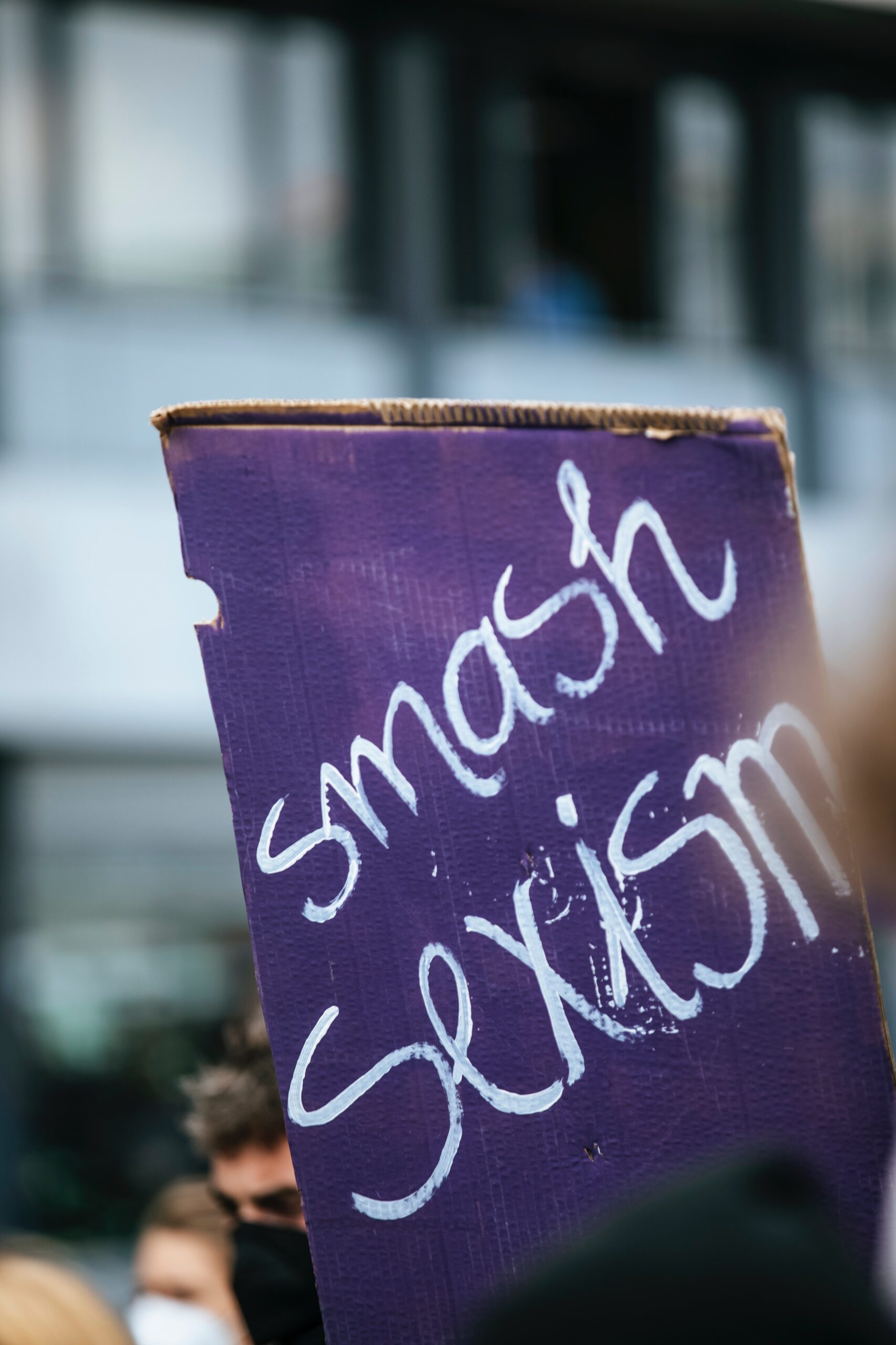24th session of the UNESCO General Conference, 1987
The word man is generically used to mean a human being or person, but it makes women quite invisible in language and leads to their portrayal as deviations from the “male human norm”
The inconvenient truth is, words have the power to shape reality. As the world finally comes around to embracing equality and inclusivity, the harsh realities of our male-centric language are beginning to sink in. The English language, or at least its conventional use, is filled with gender biases that many of us have become desensitised to.
From suggesting that certain jobs are more suited for men (“fireman”, “businessman”), to appointing a proverbial male figure as the representative of our species (“mankind”, “humanity”), gender biases have been baked into the very structure of the world’s lingua-franca. Thus creating a cycle where language and gender stereotypes reinforce one. Thankfully, as masters of wordplay, copywriters are in a unique position to alter language norms – one landing page at a time.
Time for copywriters in the angloverse to keep up
More than just dogmatic language policing, gender-inclusive language goes a long way in recognising the efforts and achievements of women and other minorities in the workplace. Overlapping the 49.5% female population are individuals who identify as LGBTQ+ and make up approximately 10% of the population, all of whom are equally capable of achieving just as much as men at the workplace.
There is actually nothing new about gender-inclusive discourse. All the way back in 1987 at the 24th session of the UNESCO General Conference, Canadian and Nordic representatives had this to say about male-centric language:
“The phrase ‘conference delegates and their wives’ suggests that all delegates are men and that all their spouses are women” (paraphrased)
More recently, the Biden administration included gender-neutral they/them pronouns as well as a gender-neutral title “Mx” in dropdown menus of the White House website.
This change has been a long time coming for the English-speaking world. City halls in Germany have been encouraging German speakers to avoid defaulting to the generic masculine in German’s three-pronoun system for two decades. More impressively, Swedish advocates of the 60s were way ahead of their time, introducing the gender-neutral pronoun “hen” 60 years ago. The pronoun was originally met with scepticism but is widely used in official and informal settings today, a testament to how movements can inspire change over decades.
Why should copywriters care about inclusivity?
Turns out, inclusivity happily coincides with business. Accommodating different identities and lifestyles can only aid in product promotion by making your brand more accessible to a wider audience. On a macro level, these sustained efforts can help break down barriers and unhelpful stereotypes, boosting the number of women – and therefore your business’ potential clients – in professional spheres.
We’re not talking about an insignificant number of women, either. Some may be lulled into the false belief that society has achieved equality. And granted, much progress has been made relative to times past. But there is still much work to be done. A recent joint report by World Bank economist Owen Ozier revealed that gendered language accounts for 125 million women being out of the labour force worldwide, even after controlling for geographic and economic factors. We’re talking about more than a third of the U.S. population.
So the next time you see hashtags like #womenintech or #womeninfinance on LinkedIn, know that it’s more than just a social media trend. These trends literally turn the lives of women and their families around, not to mention increasing the potential of your business.
Copywriting tips for undoing gender bias
If careless assumptions got us into the pickle that we’re in today, then being mindful about language use is what will help us undo gender stereotypes. There are plenty of guides out there suggesting alternatives for gendered language. Here are some of our favourites:
- Using generalised work titles instead of gendered ones (flight attendant v.s. air stewardess or air steward)
- Not using gender as an adjective or descriptor (strong v.s. manly)
- Defaulting to gender-neutral pronouns when addressing mixed gender crowds (employees can expect to receive their gifts)
And if guides don’t help, then consider performing this exercise the next time you suspect that a sentence has gender bias. Flip the script. Most cis-hetereosexual men probably wouldn’t appreciate being addressed by femenine pronouns or titles. So extend that same courtesy to everyone else and you should do just fine.
Boost your diversity & inclusion efforts with inclusive copywriting
Writing a piece like that would have been much harder just a couple of years ago given the professional climate back then. The fact that there is now space for discourse on gender-inclusivity discourse shows that there has been progress.
We see your posts on nuanced approaches to gender equality and diversity hires on LinkedIn, and we’d like to keep the ball rolling! Content created by Etymon’s writers is written by a diverse team of copywriters from all walks of life, because we believe that perspective is what keeps things fresh and exciting. We’d love to hear about your company’s diversity and inclusivity efforts, and have the opportunity to craft the best social media campaign that reflects and celebrates just that!
Business enquiries may be sent to hello@etymon.com.sg. We reply fast, because why wait when there are so many exciting stories waiting to be heard?

